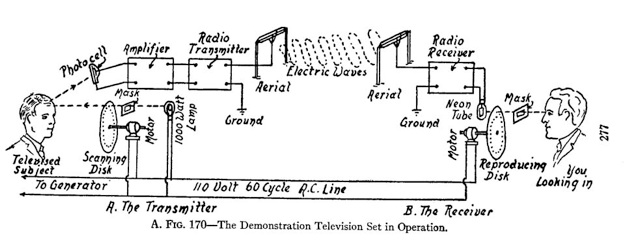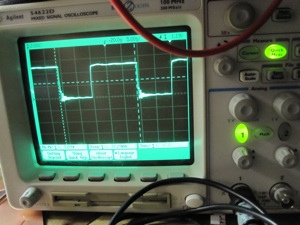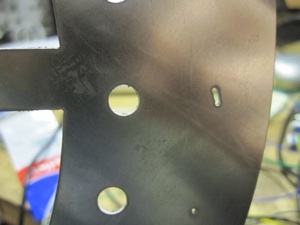How to Make (Almost) Anything

Week 12: Final Project
Monday, December 7, 2009

Around 1926, John Logie Baird was able to transmit moving pictures over wireless, using a flashing light and a Nipkow disk to reconstruct the image. A Nipkow disk is simply a spinning disk with pinholes punched in it in an inward spiralling pattern. As the disk spins, the light flashes in sync with the scanning holes, producing a flying spot of varying intensity that can be used to raster an image by taking advantage of persistence-of-vision effects.

I decided to attempt to produce an updated version of this system using the facilities in the Fab Lab for my final project. Additionally, I attempted to make it have the capability of projecting its image onto a wall using a laser or bright LED. I was met with limited success, but some interesting observations were made, and I have confidence that I will be able to get the system to work.


The final revision of the circuit board incorporates this larger MOSFET as well as a stereo phono jack for getting analog signals into the microcontroller, as the NBTV club in England distributed .wav files containing sync pulses and content for televisors such as the one that I have constructed.

Additionally, I did get some rudimentary PWM of a beefy LED working, but I messed up all of my aluminum stock for disc-making in the waterjet before I figured out what how to fix my toolpath problem. I experimented with making discs out of cardboard and acrylic, but the cardboard was too thick and the acrylic was too transparent to get reliable results out of the optical encoder.

I also experimented briefly with using an uncollimated laser beam to project an image through the disk. This was unsuccessful due to the poor brightness uniformity across its spot as well as the tendency for the laser diode to overheat and fade out when running it from my bench top power supply. Making a projector using a bright LED or lamp should be possible, but would require use of optics to focus the image.
The first greyscale television image ever transmitted was of a ventriloquist's dummy called “Stooky Bill.”

